Those of us who love bread and bagels for breakfast, know how important it is to add a sumptuous topping to a perfectly-browned piece of toast, whether it be jelly, jam or other spreads.
What is the difference between jam and jelly anyway? Read on to learn the key differences between these two sweet, fruity condiments.
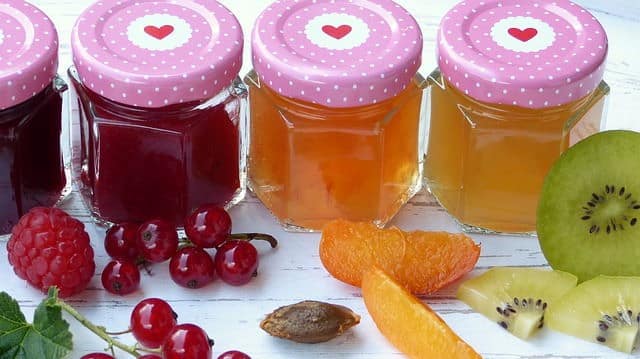
So Which is Which? Let’s Talk about Jelly
Let’s start with jelly. Jelly is fruit juice boiled together with a large amount of sugar, along with other ingredients that give it its unique consistency.
The texture of jelly is similar to gelatin. It starts out as a very sweet juice that gradually transforms into a gel-like solid thanks to its combination of ingredients. This process has been performed from generation to generation.
What Goes in Jelly?
The key ingredients that go into the making of jelly are:
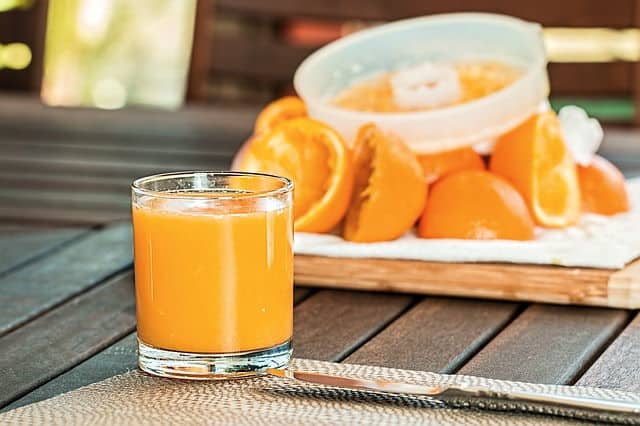
Fruit juice (from crushing the fruit and straining) or fruit flavor
Fruit juice is the most important part of the jelly making process because it contains the fruity, clear liquid component, that when combined with other ingredients, can help achieve the ultimate gel-like texture.
It's also what sets it apart from jam. Most of the juice in jelly comes from crushed fruit, both ripe and under-ripe.
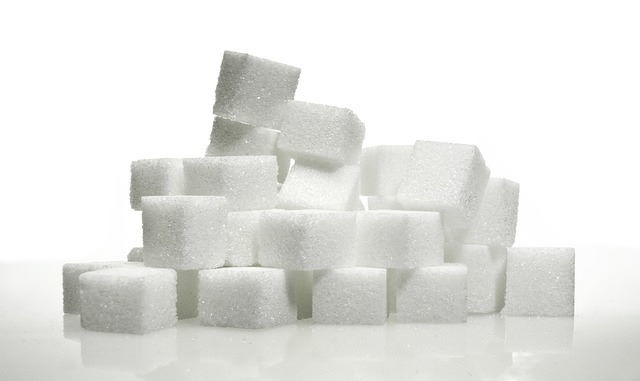
Sugar
Though fruit juice already contains sugar, more sugar needs to be added in the jelly-making process. Sugar, in large amounts, prevents mold and also helps in the making of the jelly’s consistency.
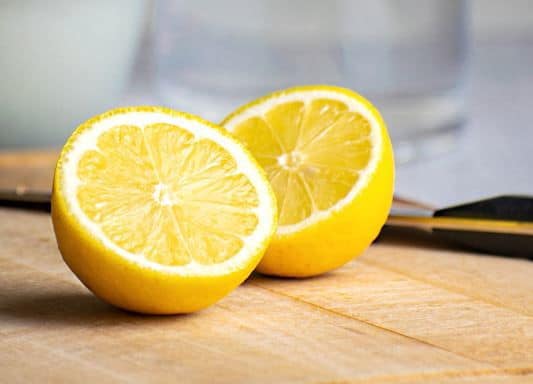
Acid
The acidity needed to make jelly can come from several sources. One is the fruit itself, so you may need to do some homework on which fruits are higher in acid than others. The second source is lemon juice, which you can use to add acidity to your recipe.
The third source is citric acid, which you can use in lieu of lemon juice. Each jelly recipe will require its own unique amount of acid.
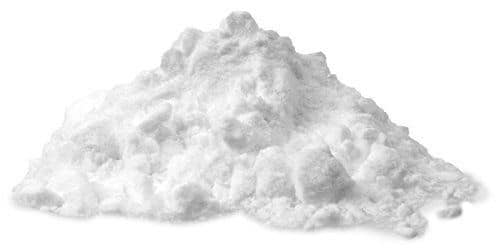
Pectin
You can find it here.
This natural substance is already found in fruits. Ripe fruit do not contain as much pectin as under-ripe fruit and some fruits have a higher pectin content than others. This is the reason why both types of fruit are suggested to be included when extracting fruit juice to make jelly.
However, you want to add a higher amount of pectin to achieve the consistency of jelly. Hence, a jelly can be made out of combining fruits that are high in pectin, or by simply adding commercial pectin products such as powdered or liquid fruit pectin.
Here is a Neat Fact:
Cranberries have one of the highest pectin content of all fruits. The more you cook them, the more pectin they release. Next time you open a can of cranberry sauce, notice how it naturally comes out as jelly. That’s pectin on steroids for you.
What Does Jelly Look Like?
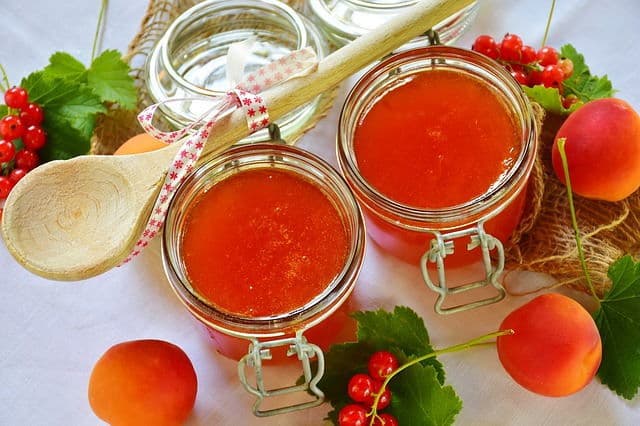
Jelly is meant to be firm, clear, and should not have “bits” of fruit in it. This is the whole purpose of it: to be a gel-like type of fruit juice, strained and all.
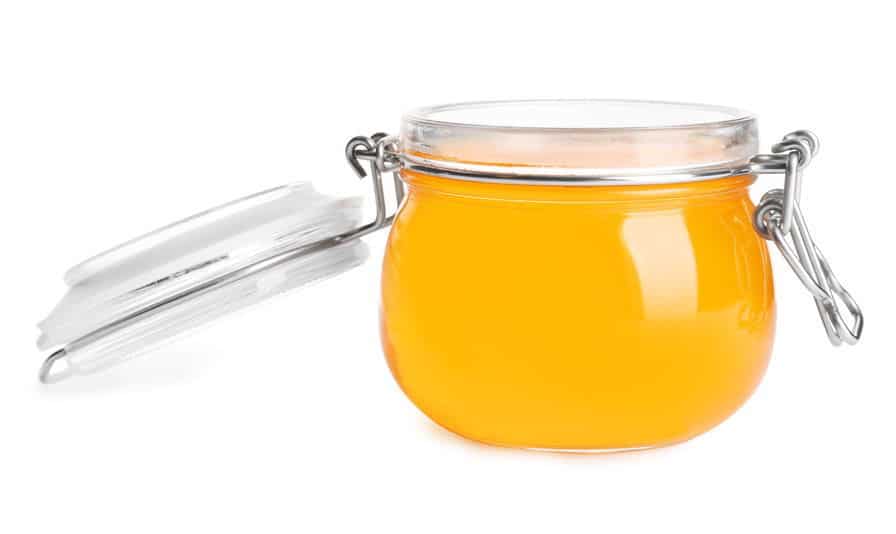
What does Jelly Taste Like?
Unless you have made a special batch of jelly meant to taste like something else, the original purpose of jelly is for it to taste sweet, maybe even a little tarty, fresh and smooth.
Pump Up the Jam!
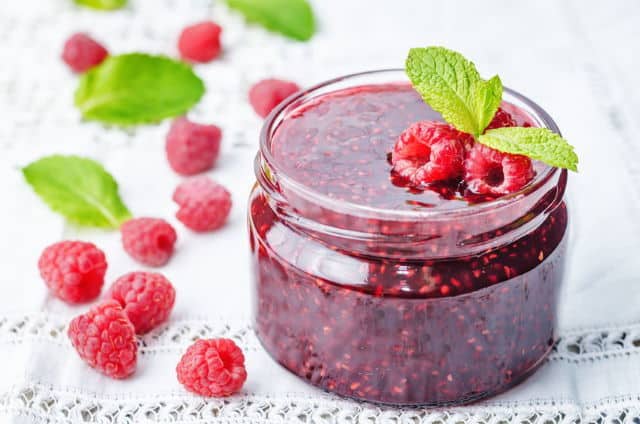
Now, let’s talk about jam. Jam is actual crushed fruit, cooked together with a large amount f sugar, and reduced to an organic texture that is spreadable. Contrary to jelly, jam does not have to have a gelatin-like consistency because it will contain crushed pieces of fruit, seeds, and even bits of peel.
Like jellies, jams were used by generations, prior to the era of refrigeration, in an aim to preserve fruits. It can be used as a spread, but also as a filling for cakes and pies. Some popular fruit jams include strawberry jam, apricot or peach jam and blueberry jam.
What Goes in Jam?
The key ingredients that go into the making of jam are:
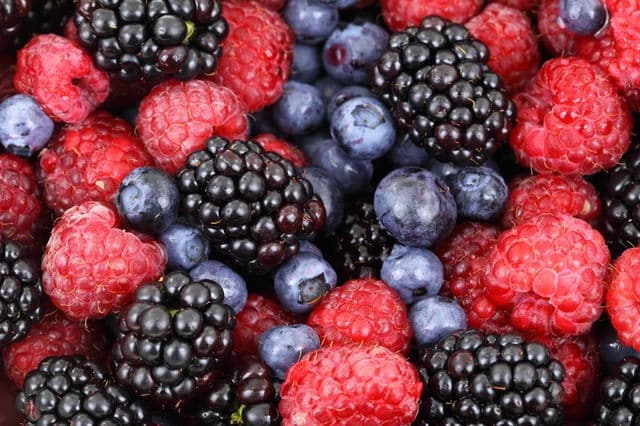
Crushed Fruit
This is the key difference between jelly and jam. Jam focuses on the fruit while jelly is more about the fruit’s juice.

Sugar
Jam also has added sugar for preservation and to work with the acid/pectin.

Acid
Most of the acid in jams comes from lemon juice, which lowers the pH level and results in safer canning.
What Does Jam Look Like?
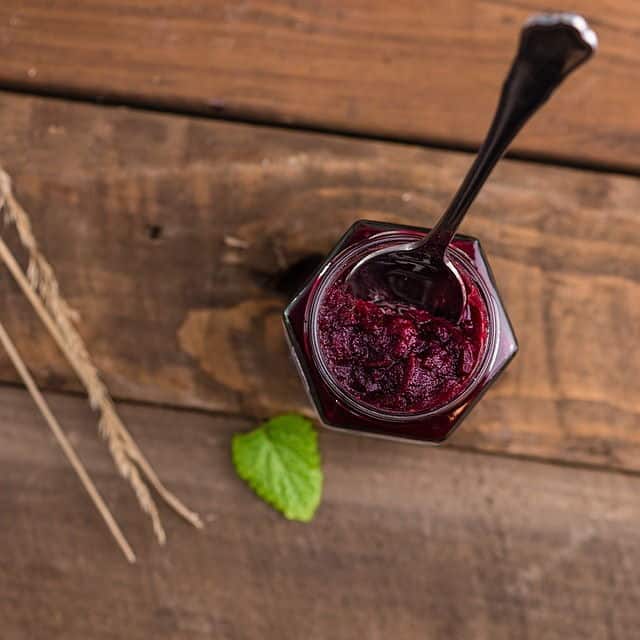
Jam is thick, has bits of fruit and seeds in it, and is not meant to be clear or transparent. It looks like mushed fruit, with a firmer and less watery consistency than cranberry sauce.
What Does Jam Taste Like?
Typically the best jams taste like a sweeter version of the original fruit. This means that they are sweet, tarty, lemony, and fresh.
Conclusion - Jam vs. Jelly
Jellies and jams have been in family recipes for years. Both spreads have fed generations of people who love sweet, fruity tastes. They are both quite easy to make, and it does not take a big budget to whip up a couple of jars of each for yourself.
Now you know, the main difference between jam and jelly is the use of crushed fruit in jam vs. fruit juice in jelly.
Which is your favorite? Do you have a favorite recipe for jelly or jam? Sound off in our comments section.
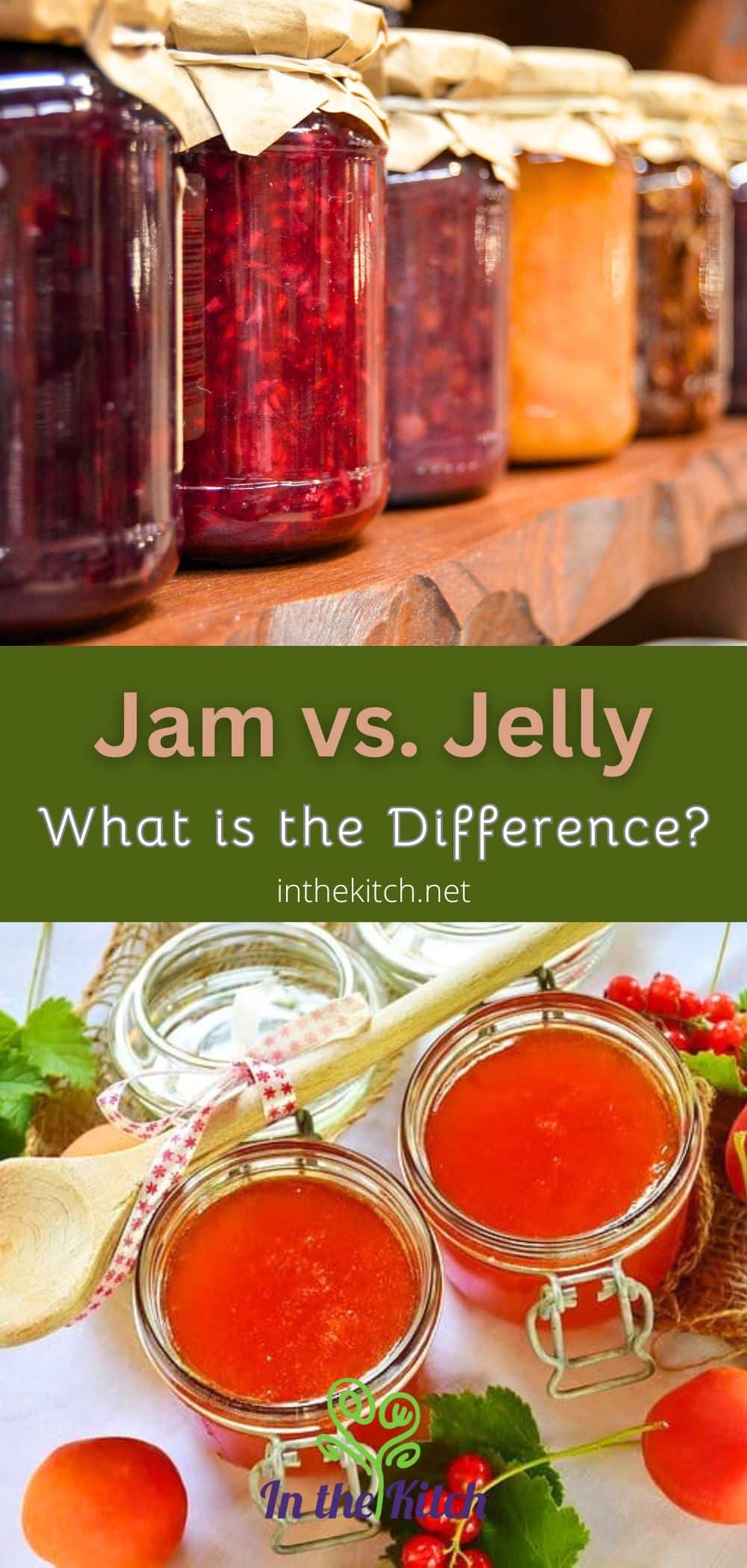
Another tasty read:

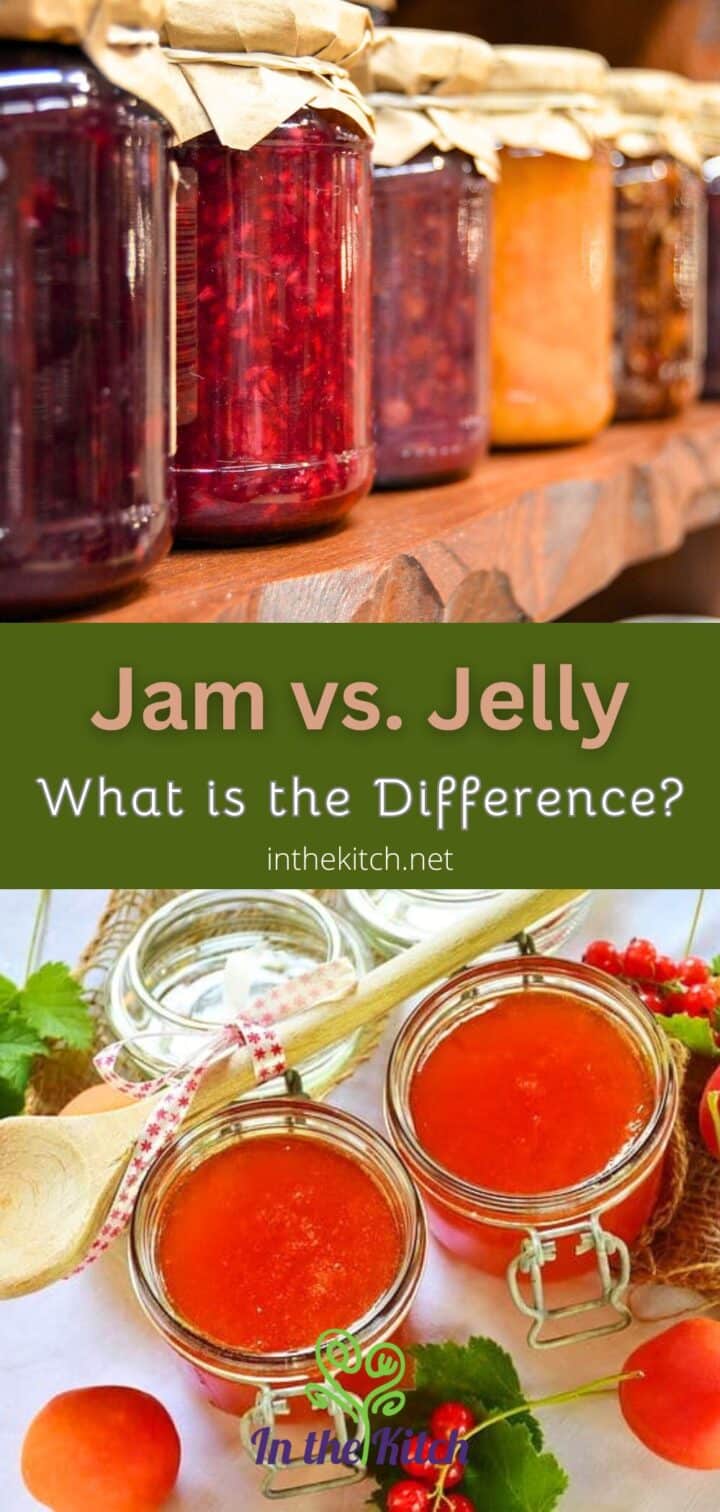
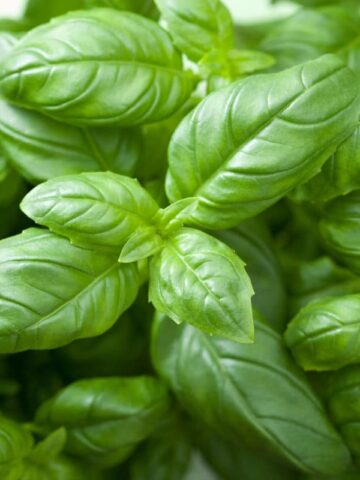
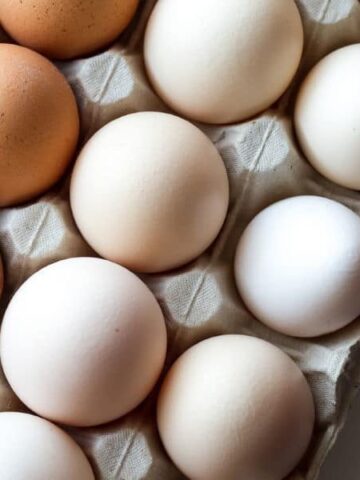
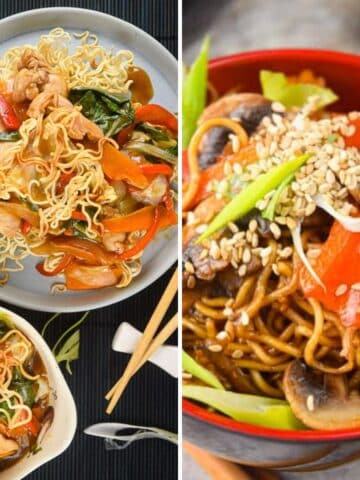
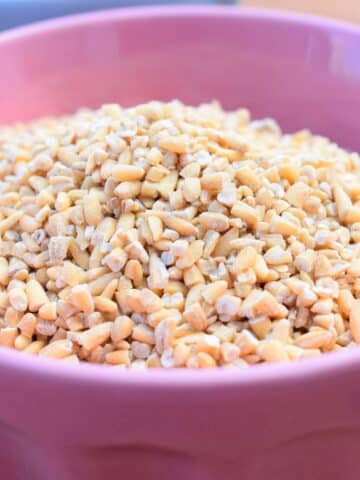
Leave a Reply